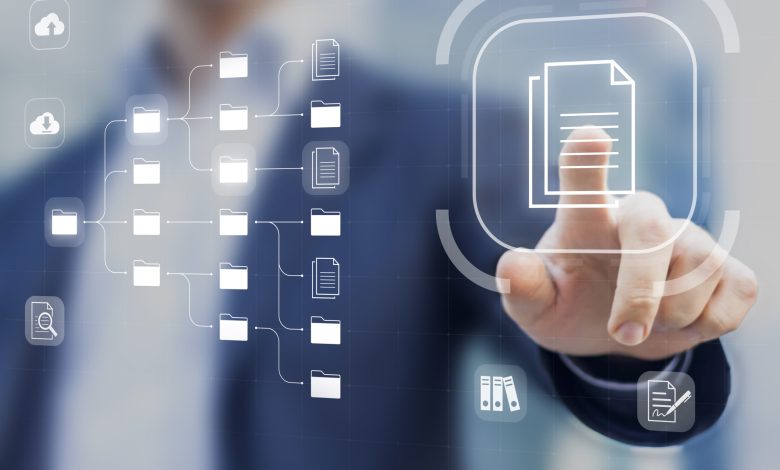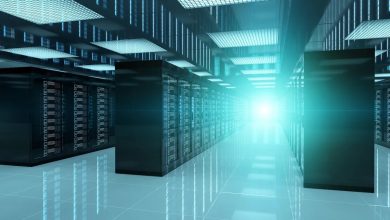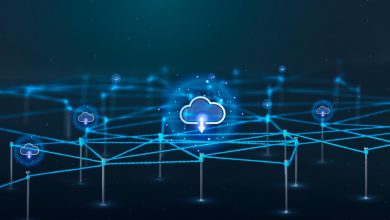Leveraging Digitisation to Contribute to Malaysia’s Water Sustainability Goals

Shanmugavel Subramaniam, Leader of Water & Wastewater Segment in East Asia of Schneider Electric
 Industries across the globe use water for fabricating, processing, washing, diluting, irrigating, cooling, and transporting products. Water is used in copious amounts across mining operations, smelting facilities, petroleum refineries, chemical production, and food processing facilities just to name a few. The apparel industry alone, for example, consumes approximately 79 billion cubic meters of water per year — enough to fill about 32 million Olympic-size swimming pools. That figure is expected to increase by 50 percent by 2030. According to the World Wildlife Foundation (WWF), the majority of Malaysia’s raw water supply, approximately 97 percent, is sourced from rivers. However, many of these rivers are contaminated due to human activities.
Industries across the globe use water for fabricating, processing, washing, diluting, irrigating, cooling, and transporting products. Water is used in copious amounts across mining operations, smelting facilities, petroleum refineries, chemical production, and food processing facilities just to name a few. The apparel industry alone, for example, consumes approximately 79 billion cubic meters of water per year — enough to fill about 32 million Olympic-size swimming pools. That figure is expected to increase by 50 percent by 2030. According to the World Wildlife Foundation (WWF), the majority of Malaysia’s raw water supply, approximately 97 percent, is sourced from rivers. However, many of these rivers are contaminated due to human activities.
In Malaysia, the water treatment plants are responsible for processing raw water. The cost of treating 1,000 litres (one cubic meter) of water amounts to RM2.31, however, domestic users are only charged RM0.52 per cubic meter for the first 20 cubic meters consumed. On average, households use 20 cubic meters per month, resulting in a bill of RM10.40, whereas the actual cost for treating and supplying water is RM46.20, highlighting a significant disparity between the billed amount and the true expenses involved. Not surprisingly, water sustainability has emerged as a critical issue for fuelling global economic growth.
High water demand and its declining supply threaten quality, pollution, climate change, urbanisation, ageing infrastructure, spiralling energy costs, and evolving regulations are just some of the challenges facing the global water sector. Within their internal operations, water and wastewater facilities face challenges surrounding water leakages and high rates of energy consumption.
Even with these seemingly overwhelming challenges, it is becoming increasingly apparent that digital transformation in water processing and delivery operations can help provide lower energy consumption, higher sustainability, and less waste.
Water sustainability strategy relies on infrastructure that enables data transparency
Sustainability starts with the ability to extract performance data from the physical infrastructure that supports core operations. In the water and wastewater sector that means water processing and distribution network transparency, and traceability of water assets as they move through municipal systems. To achieve transparency, core equipment such as motors, drives, and pumps need to incorporate sensors to collect the necessary data. Then cloud-based software tools can connect to the various data silos from different sources and consolidate and combine that data with legacy data.
As data is shared back and forth across organisations, trust issues can be addressed by incorporating tools that provide only the necessary and non-confidential pieces of data needed to make accurate decisions in a secure and protected environment. Once access to meaningful data is achieved, machine-learning solutions can be deployed to extract trends from this broad set of data. In this way, faster and more sustainable decisions can be made regarding water assets as they flow through the processes of recycling purification, transportation, and, ultimately, consumption.
The highest potential for achieving sustainability objectives lies with training intelligent algorithms, or artificial intelligence (AI), to make sustainability decisions in real-time, incorporating the many data points that no human could process in a timely enough fashion, to yield autonomous decision-making.
Schneider Electric supports its customers to ensure the sustainability of their water and wastewater operations through modernisation efforts. East Water, the supplier of untreated water in Thailand has undertaken a project to tackle severe droughts in the eastern region of Thailand that have been a historical challenge due to low water levels in reservoirs.
They partnered with Schneider Electric and AVEVA to ensure a high level of service while optimising energy costs and reducing carbon footprints. Together, they plan to establish an Integrated Command and Control Centre to effectively manage network operations, maintenance activities, and energy usage. Through this initiative, they expect to reduce water loss level of one per cent, reduce pumping energy costs by four to 12 per cent, and improve overall operational efficiency by up to seven per cent even under challenging conditions.
In Malaysia, Klang Valley’s water service operator, Air Selangor has embarked on initiatives to embrace digital transformation of its operations including embracing solutions to maximise its operational assets and data. Utilising an end-to-end integration system for monitoring, analysing, and modelling distribution systems in real-time, Air Selangor ensures that its asset operations are optimised and remain in a continuous state of improvement. This approach enables them to respond more efficiently to challenges and changes in the water distribution network, ultimately benefiting their consumers.
The implementation of digitally enabled asset management not only addresses the challenge of water scarcity by reducing wastewater but also presents opportunities to enhance the efficiency of water infrastructure and decrease carbon emissions.
An ecosystem of partners is key to success
At Schneider Electric, sustainability has long represented a core corporate strategy pillar. Corporate Knights, the world’s largest-circulation magazine on clean capitalism, has recently named us the most sustainable company on their Global 100 index. We attribute much of this success to our ability to digitise operations. About 73 percent of our investments are directed toward developing newer and even more sustainable solutions. Many of our industrial customers have asked us to share our expertise to help them address both digital transformation and sustainability challenges.
The issue of conserving resources while generating revenues and profitability is a delicate balancing act. No one company can do it alone. Partnership and strategic alliances are critical success factors when it comes to achieving business transformation goals. That’s why, when proposing solutions to water and wastewater firms worldwide, Schneider Electric often partners with major technology firms, like Microsoft, who share our passion for sustainable operations and support our cloud-based digitisation solutions. In fact, Microsoft has pledged to become water-positive by 2030. In water-stressed regions, they have established a goal to replenish more water than is consumed by their operations.
Partnerships with experts with extensive water and wastewater industry energy management expertise can help operators significantly reduce energy bills and water leakage. Water wastewater experts can advise how new digital tools can be leveraged to modernise operations.





